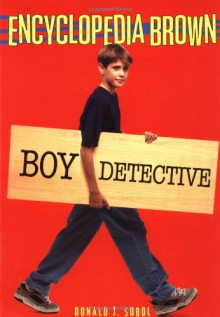
Me on the Map, written by Joan Sweeney, is about a young girl who shows readers herself on the map. She shows them her street, city, state, her room, and her country. The book uses bright illustrations and colorful pictures to help explain the maps. The young girl the story centers around explains the difference of certain maps and why it is important to know what a map is. This is a great book to read for shared group reading and you can do a picture walk before reading the book aloud to get the students excited and interested. After reading the book aloud you can then incorporate Geography by providing them with a graphic organizer where they will draw what their state looks like, town/city, room, street, and country. Allowing them do make their own graphic organizer is a great way to formally assess what they learned from the book, and it also keeps them interested and engaged. This lesson can be used from first grade through fifth grade. I believe it can be used in so many different grades because even though it is a basic story it is still a great way to incorporate Geography and even art into reading.

 Log in with Facebook
Log in with Facebook 






